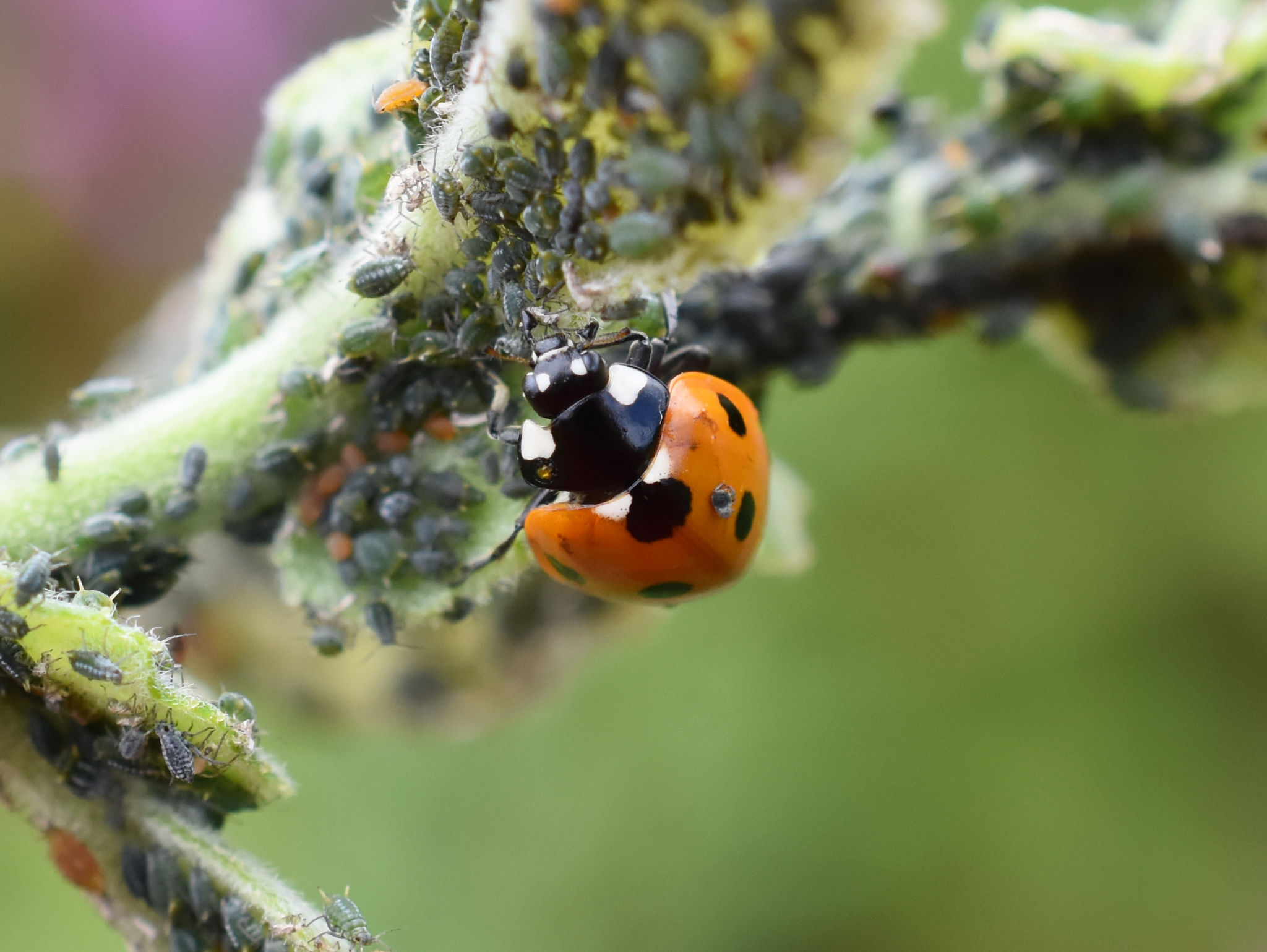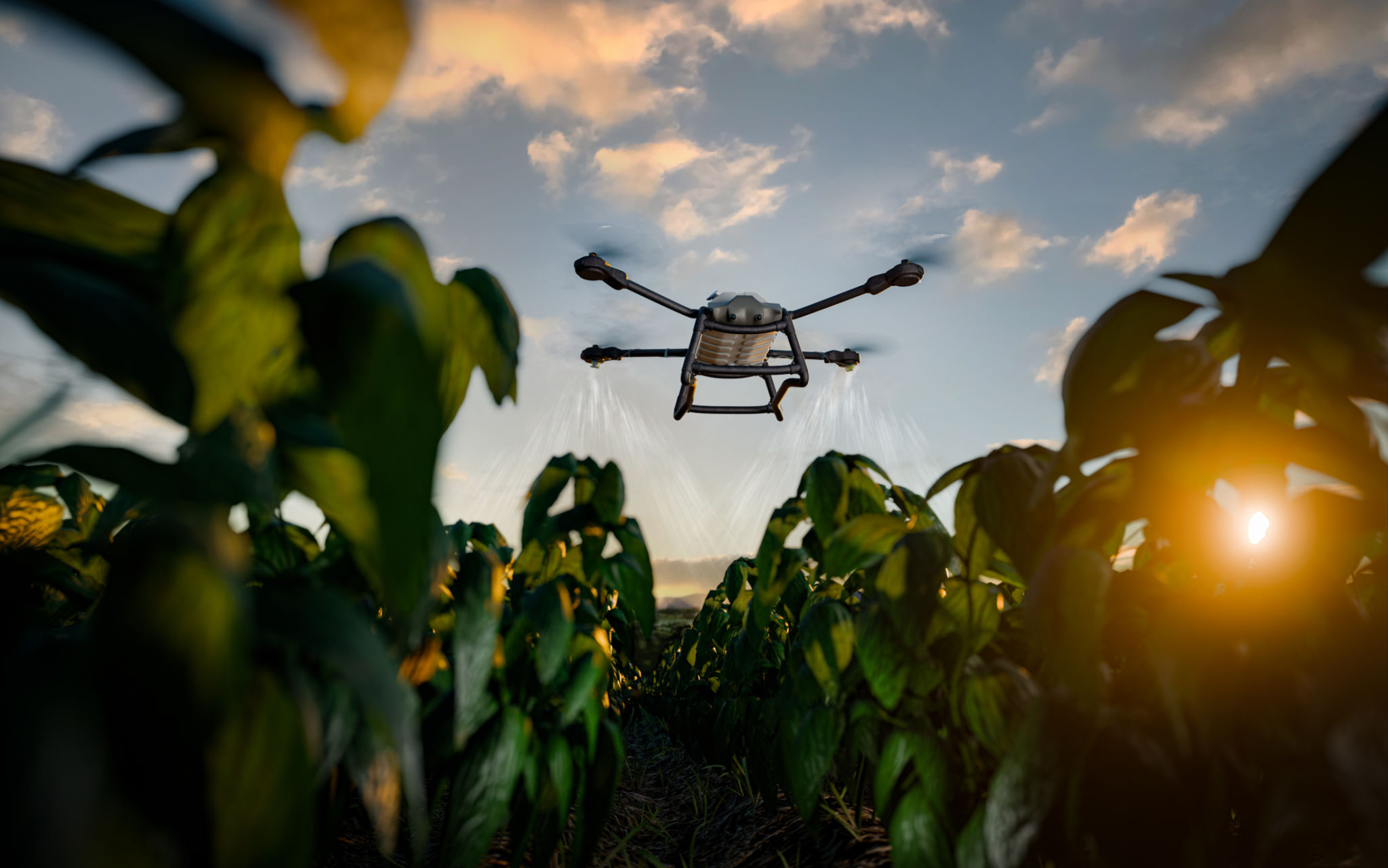The Latest Trends in Eco-Friendly Pest Control Solutions
Understanding Eco-Friendly Pest Control
In recent years, there has been a significant shift towards eco-friendly pest control solutions. With growing awareness about the impact of chemicals on the environment and human health, alternatives that are sustainable and effective have become more popular. These solutions aim to control pests while minimizing harm to the ecosystem and non-target species.

Natural and Organic Pest Control Methods
One of the key trends in eco-friendly pest control is the use of natural and organic methods. These include products derived from plants, such as essential oils or herbal extracts, that repel or eliminate pests without introducing harmful chemicals into the environment. Organic methods can be particularly effective for managing garden pests and are often safe for use around pets and children.
Some popular organic solutions include:
- Neem oil: Extracted from the seeds of the neem tree, this oil disrupts the life cycle of insects and acts as a natural repellent.
- Diatomaceous earth: A naturally occurring substance that dehydrates insects, leading to their death.
- Essential oils: Oils such as peppermint, lavender, and eucalyptus can deter a variety of insects.
Biological Pest Control
Biological pest control involves using living organisms to control pest populations. This method leverages the natural predators of pests to keep their numbers in check. For example, ladybugs are released in gardens to control aphid populations, while certain species of nematodes target soil-borne pests like grubs.
This approach is not only environmentally friendly but also enhances biodiversity. By encouraging natural predator-prey relationships, biological pest control offers a sustainable solution that reduces reliance on chemical pesticides.

Integrated Pest Management (IPM)
Integrated Pest Management (IPM) is a holistic approach that combines different strategies to manage pests in an eco-friendly manner. It involves observing pest behavior, identifying the most effective control methods, and implementing them in a way that minimizes environmental impact. IPM encourages regular monitoring and the use of preventative measures to reduce pest infestations.
The key components of IPM include:
- Monitoring: Regular observation to detect early signs of pest activity.
- Thresholds: Establishing levels at which action must be taken to manage pests.
- Control Methods: Utilizing a mix of biological, physical, and chemical controls only when necessary.
- Evaluation: Continually assessing the effectiveness of implemented strategies.
Technological Innovations in Pest Control
Technology is also playing a significant role in advancing eco-friendly pest control solutions. Innovations such as smart traps and remote monitoring systems are being developed to detect and manage pest populations with precision. These technologies allow for targeted interventions that reduce the need for widespread pesticide application.

Additionally, drones and AI are being used to map pest populations and predict outbreaks, enabling more efficient resource allocation and minimizing environmental disruption. As these technologies continue to evolve, they hold great promise for sustainable pest management practices.
The Future of Eco-Friendly Pest Control
The future of eco-friendly pest control looks promising as more people become conscious of the need to protect our environment. With ongoing research and development, we can expect even more innovative solutions that balance effectiveness with sustainability. By embracing these trends, we can contribute to a healthier planet while effectively managing pest issues.
Ultimately, eco-friendly pest control solutions not only protect our ecosystems but also promote a safer living environment for all inhabitants. As we move forward, collaboration between scientists, industries, and consumers will be crucial in driving these positive changes.
